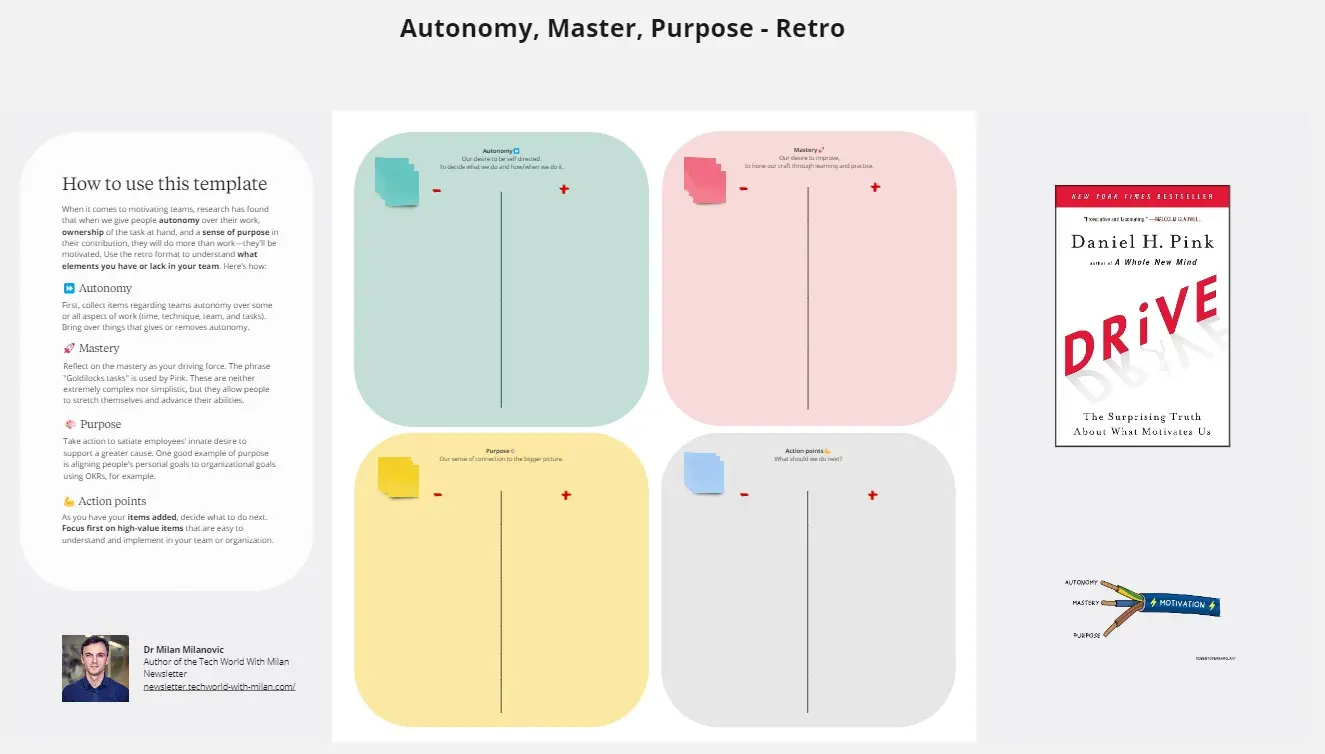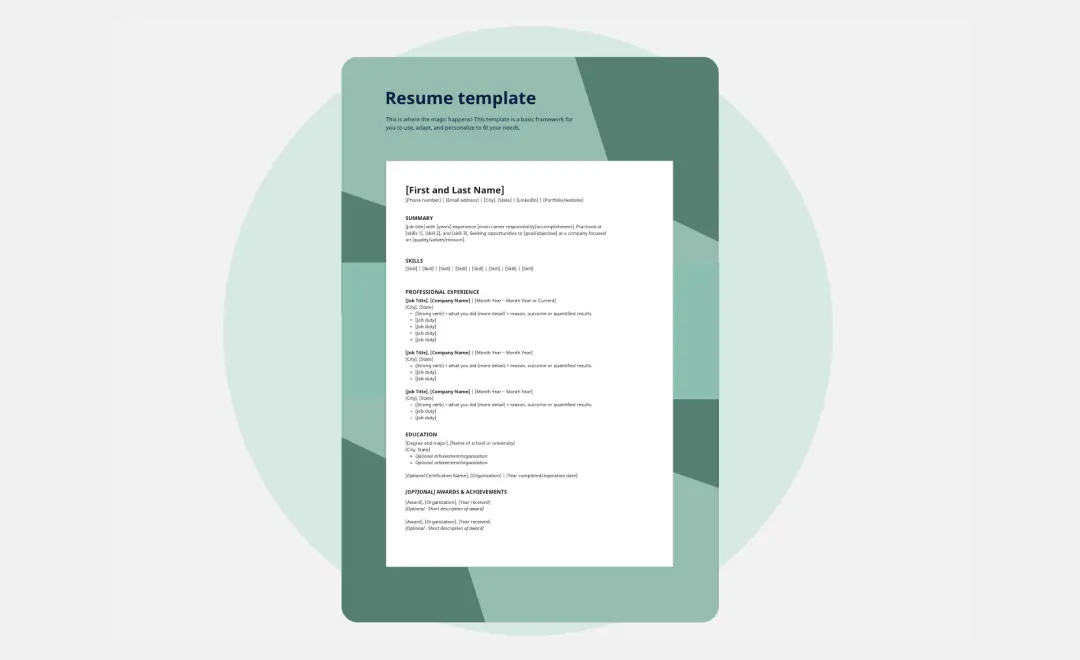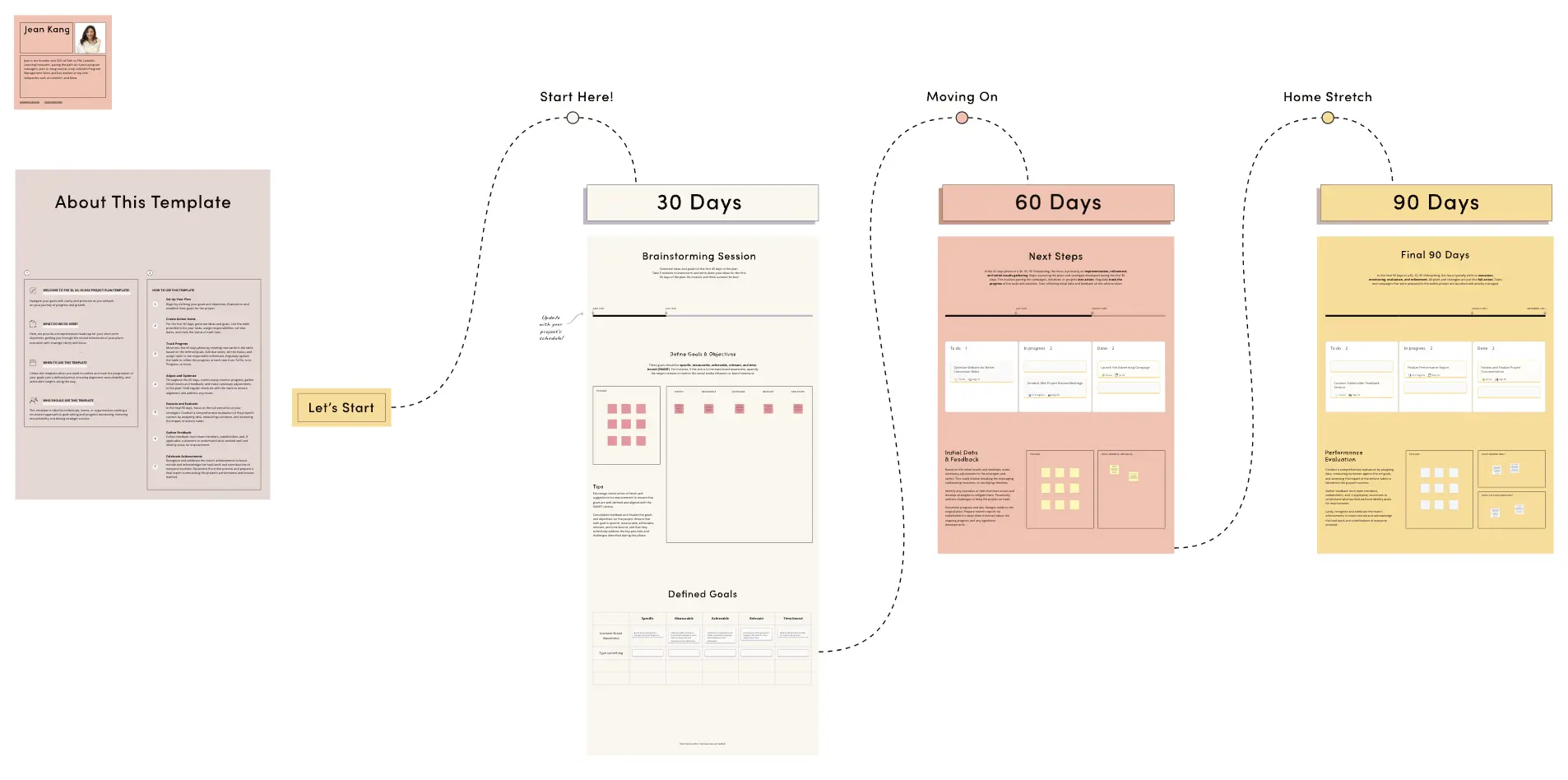This method helps you understand that urgent is not the same as important. It divides tasks into four quadrants based on urgency and importance, enabling one to focus on what truly matters.
When you get a task, you put it in one of the four quadrants:
Urgent and Important (Do it first). Tasks that require immediate attention and have significant consequences and probably a deadline. Examples are things that are not working, errors, things we are not sure are working correctly, and security risks.
Non-Urgent and Important (Schedule it): These tasks can be scheduled for later. Some examples are learning new stuff, fixing tech debt, etc. This is the quadrant where you want to work the most, as it gives you the critical advantage. The trick is that people usually neglect it, as it is non-urgent and usually doesn’t have a strict deadline.
Urgent and Non-Important (Delegate it). Tasks that need quick attention but have little impact. Some examples are answering Slack and some minor requests.
Non-Urgent and Non-Important (Eliminate it). Tasks that are distractions and can be eliminated. Some examples are unnecessary meetings that could involve emails, over-optimizing code, etc.






